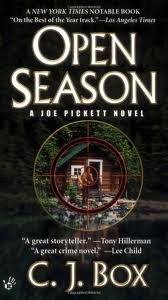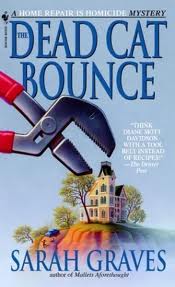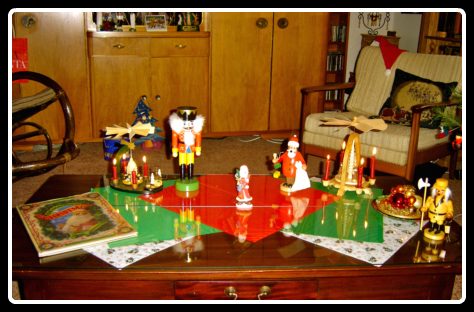This week has been a lot of talk about surprises, whether it’s the unexpected catastrophes that derailed both of my meticulously-planned covershoots so far, or the sudden and unfortunate realization a week before a book is supposed to go to press that it has a gaping flaw in one of the most important scenes.
It’s good timing, the week before releasing a novel titled Expectation, to be talking about the unexpected in the life of a writer. Really, though, the flaws in a manuscript shouldn’t be unexpected at all. They’re perfectly predictable, and the solution is one we’ve known about for a very long time: editors.
Finding Another Pair of Eyes
I know a thing or two about editing. I’ve been playing that role for a while. As an English major in college, I got the opportunity to look over all my friends’ papers before they got turned in (joy). And as a technical writer, it’s an everyday part of my job.
We’ve got a rule of thumb in this industry that for every thousand words in a document, you need another pair of eyes to review it if you want to catch all the critical errors. It’s an idea we take pretty seriously.
I came up with the idea for this blog post, though, when I was doing some hobby editing. See, I recently convinced my writer friend Joshua Unruh to start a blog. He actually started out by agreeing to do monthly comic book reviews for the Consortium website, and then decided to go ahead and maintain a blog of his own in between those offerings.
Knowing Where You’re Going
After I provided him a pretty detailed markup of his first submission to the Consortium site (where I’m the Chief Editor), he felt like he would really benefit from getting that sort of markup on all his posts (at least for a little while), and I saw the opportunity to train him to make reliably good material for his monthly reviews, so I agreed.
It worked, too. Every week he’d send me something to review, and every week I had less and less to say. He picked up the “internet voice,” learned to break his paragraphs up into bulleted lists, and started adding headings to guide the reader through his articles.
Still, every week there was at least one paragraph that I had to go in and gut, sometimes reworking it completely. A couple weeks ago he expressed regret at that — that he still managed to put such broken sentences into his blog posts, even after a month of detailed feedback from me.
The problem, I explained to him, wasn’t in his writing. It was in his knowing. See, when he started that paragraph, he knew exactly where he was going to end up. The reader, though, didn’t have a clue. That was precisely why the reader was reading it in the first place — to figure out what Joshua was going to say.
In that particular case, he had independent clauses spilled all over the page that made excellent supporting evidence once you’d gotten to the thesis, but the thesis came three lines farther down the paragraph and in the meantime this was nothing but gibberish.
Honestly, that’s the same problem I had with Gods Tomorrow and Expectation. That’s precisely why I found myself having to rewrite endings so close to my publication date — because I’d written the story with an understanding where it was going, without fully understanding how much of that my readers didn’t know.
Editing Well
And that is why it takes so many extra pairs of eyes to spot all the problems. An editor’s job is to read like a reader — to read each word as it comes to them, building only on the information that has come before, instead of giving it credit for the information that’s going to come later.
It’s easy to forget about that (whether you’re the editor or the editee). It’s easy to think the editor’s job is to perfect the message, to spot every possible problem, but that’s either unrealistically demanding or aggravatingly meddlesome. The editor’s job isn’t to find the right way to say what you want to say.
The editor’s job is just to find what you’re actually saying. If they can read like a reader, if they can look at your message and tell you how it’s going to sound to an uninitiated reader, then they can tell you exactly what you need to fix.
How is up to you. But the when and where and what…that’s what editors are for. And if your editor tells you the ending doesn’t quite make sense, that you need to add something somewhere to bring it all together, my advice is that you listen.
Early. And often. Because the alternative is no fun at all.

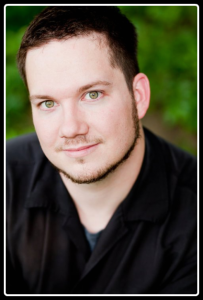




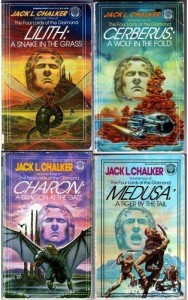 Greetings, my dear inklings! I come to you today bearing tidings of the sci-fi nature. “Sci-fi nature” — is that an oxymoron? No matter! (Anti, dark, or otherwise.) What’s on my mind today is that I’m reading a terrific book right now, and I’m going to attempt to tell you about it without giving away too much of the fantastically cool plot.
Greetings, my dear inklings! I come to you today bearing tidings of the sci-fi nature. “Sci-fi nature” — is that an oxymoron? No matter! (Anti, dark, or otherwise.) What’s on my mind today is that I’m reading a terrific book right now, and I’m going to attempt to tell you about it without giving away too much of the fantastically cool plot.